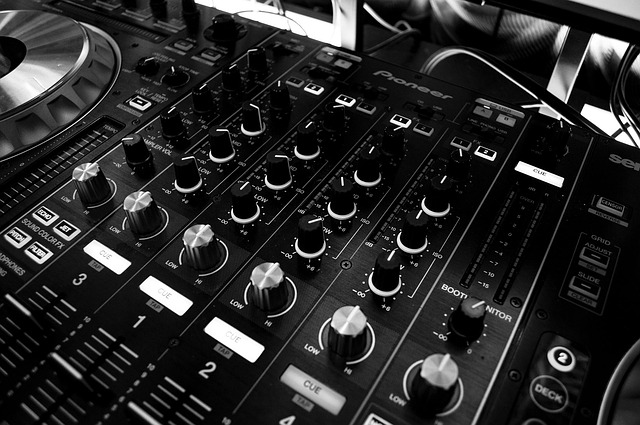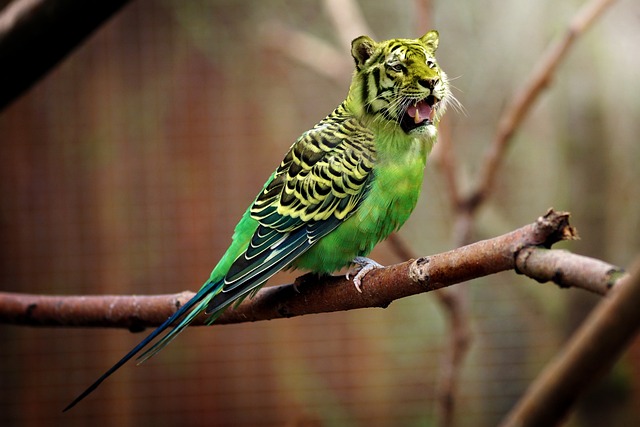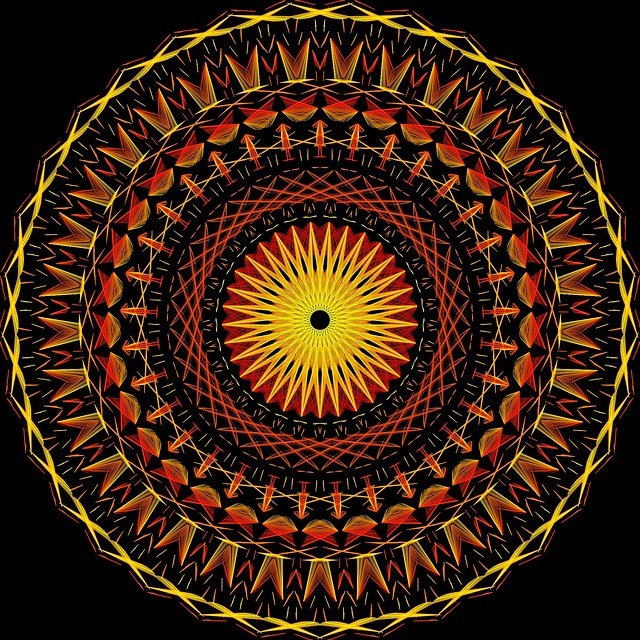The world of fine arts is a vast, vibrant tapestry woven with an extensive array of colors, each having its own significance and emotional resonance. One of the most fundamental techniques that artists employ to convey their message is color mixing. This art form not only showcases an artist’s technical skill but also serves as a cultural medium, revealing the traditions, values, and histories of societies across the globe.
In many cultures, colors represent specific emotions, elements, and philosophical concepts. For instance, in Western art, blue often conveys tranquility and introspection, while red is associated with passion and intensity. Meanwhile, in Asian cultures, red is regarded as a symbol of luck and prosperity. When an artist engages in color mixing, they are not just blending pigments; they are blending these cultural meanings.
The practice of color mixing has roots that trace back to ancient civilizations, where artisans created their palettes from natural materials. These artisans understood that the combinations they created could change the mood of their work and influence the viewer’s response. This understanding is crucial in fine arts, as it imparts a sense of depth and dimension to the artwork, allowing for layers of interpretation.
For example, consider the Impressionists, who revolutionized the art world by embracing the play of light and color in their paintings. They employed color mixing techniques that allowed them to capture the fleeting moments of nature, showcasing how different shades could evoke feelings of warmth, cold, vibrancy, or stillness. This focus on color reflects not only their artistic intent but also a cultural appreciation for the beauty of the world around them.
In contemporary art, color mixing continues to evolve, impacted by globalization and intercultural dialogue. Artists from diverse backgrounds combine traditional techniques with modern practices, creating works that resonate with a global audience. This process fosters a rich tapestry where cultural identities intermingle, and where colors can tell stories that transcend borders.
Color is also used as a powerful tool for social commentary. Artists may choose to mix colors to challenge societal norms, raise awareness about social injustices, or even explore personal narratives. By blending hues, they create a dialogue that sparks reflection among viewers, urging them to consider the cultural implications behind those colors.
As we explore color mixing through this cultural lens, it becomes clear that it’s more than just a technique—it’s an avenue for expression that brings society’s complexities to the forefront. Whether through subtle shading or bold contrasts, artists harness the emotional power of colors, pushing us to engage with art on a deeper level.
Thus, the art of color mixing in fine arts is not merely a technical skill; it is a profound reflection of cultural narratives and human experiences. As we continue to appreciate and analyze art, let’s not forget the rich stories told through the colors that envelop us. Like a vivid sunset or a lush forest, these colors breathe life into artistic expression, underscoring the importance of cultural perspectives in the world of art.




